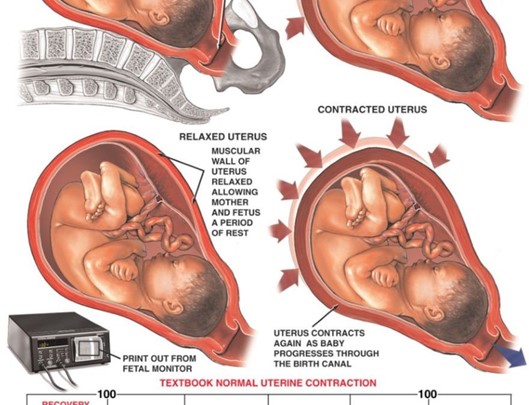The parents are questioning why their newborn was born deaf when there are no other deaf family members.
At which stage of the pregnancy could the nurse explore possible exposure to a teratogenic agent?
18 weeks after fertilization.
6 weeks after fertilization.
12 weeks after fertilization.
Incomplete question/stem.
The Correct Answer is B
“6 weeks after fertilization.” Teratogens can begin affecting the developing embryo as early as 10 to 14 days after conception 1.
During embryonic development, there are periods when the developing organ systems show more sensitivity to teratogens.
Choice A is incorrect because 18 weeks after fertilization is not the earliest stage of pregnancy when exposure to a teratogenic agent could occur.
Choice C is incorrect because 12 weeks after fertilization is not the earliest stage of pregnancy when exposure to a teratogenic agent could occur.
Choice D is incorrect because this is not an incomplete question/stem.
Nursing Test Bank
Naxlex Comprehensive Predictor Exams
Related Questions
Correct Answer is A
Explanation

This is a sign of uterine hyperstimulation, which can cause fetal distress and excessive bleeding12.
The nurse should report this finding to the provider and monitor the fetal heart rate and maternal vital signs.
Choice B.
Early decelerations in the FHR are incorrect, as this is a normal finding during the second stage of labor, indicating head compression.
Choice C.
Pelvic pressure with contractions is incorrect, as this is an expected finding during the second stage of labor, indicating that the baby is descending through the birth canal.
Choice D.
Bloody show from the vagina is incorrect, as this is also an expected finding during the second stage of labor, indicating cervical dilation and effacement13.
Therefore, choice A is the best answer.
Correct Answer is C
Explanation
The proof of pregnancy is in the pregnancy test.
A positive office pregnancy test would confirm the pregnancy.

Choice A, Chadwick’s sign, is not correct because it is not a definitive sign of pregnancy.
Choice B, Hegar’s sign, is also not correct because it is not a definitive sign of pregnancy.
Choice D, Fetal movement felt by the examiner, is not correct because it is not a definitive sign of pregnancy.
Whether you are a student looking to ace your exams or a practicing nurse seeking to enhance your expertise , our nursing education contents will empower you with the confidence and competence to make a difference in the lives of patients and become a respected leader in the healthcare field.
Visit Naxlex, invest in your future and unlock endless possibilities with our unparalleled nursing education contents today
Report Wrong Answer on the Current Question
Do you disagree with the answer? If yes, what is your expected answer? Explain.
Kindly be descriptive with the issue you are facing.
